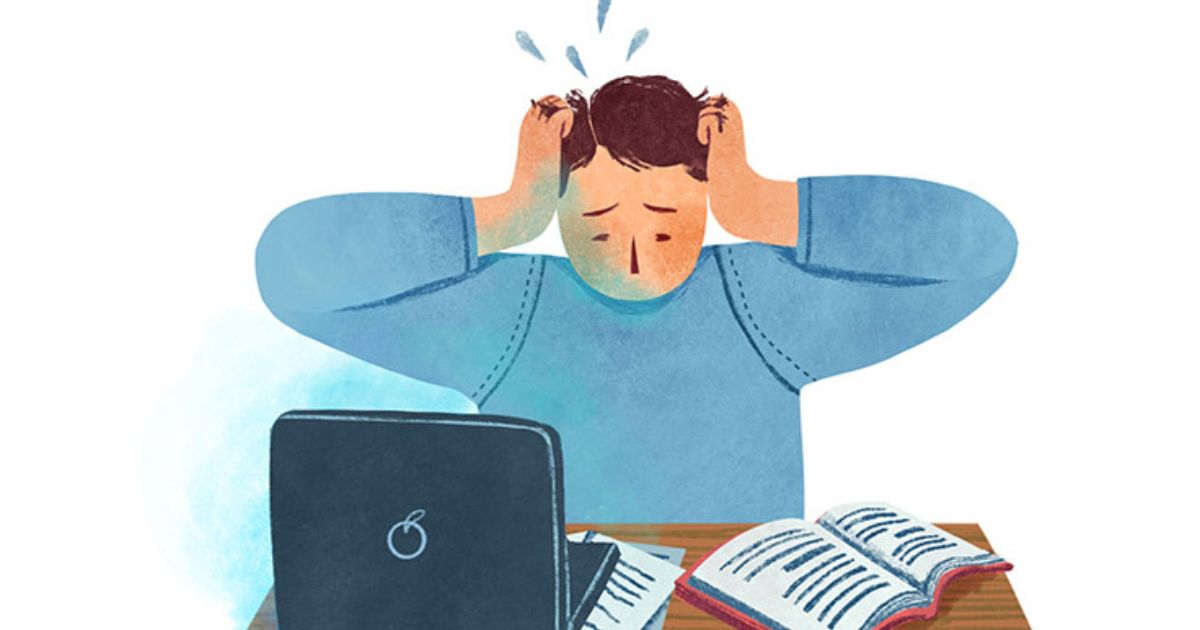In a recent survey commissioned by Noom and conducted by OnePoll, the intricate relationship between stress, daily activities, and food preferences among 2,000 Americans who regularly cook has come to light. The findings indicate that a significant majority—seven in 10—consider cooking as therapy, emphasizing the deep emotional connection people have with the culinary experience.
Cooking As Therapy And Understanding The Culinary Realm:
The survey reveals that a staggering 80% of respondents turn to food as a means of comforting themselves after a stressful day. Moreover, an impressive 65% use food as a way to comfort others, highlighting the communal and nurturing aspects of culinary activities. Notably, ice cream emerged as the top go-to comfort food (34%), closely followed by pizza (31%), pasta (24%), burgers (22%), and grilled cheese (19%).
Cooking itself has been recognized as a therapeutic task, with 78% of participants agreeing that it serves as a calming activity for them. Surprisingly, cooking outranks other stress-relief activities, with 65% of respondents citing it as their top choice, more than twice as high as the second leading option—cleaning (31%).
The Stressors of Daily Life:
As the day unfolds, stress takes its toll on 90% of participants to some degree. Over a quarter (28%) claim to feel stressed “all the time” or “often” after their day concludes. Job-related pressures (40%), to-do lists (32%), and social life concerns (28%) were identified as the primary causes of end-of-the-day stress.
Given the importance of mental health to respondents (89%), a significant 81% actively strive to ensure they are stress-free and worry-free before bedtime. This commitment to mental well-being is reflected in the daily tasks respondents enjoy, such as cooking (80%), cleaning (43%), doing laundry (41%), gardening (39%), and folding laundry (34%).
Cooking and Media Consumption for Stress Relief:
According to Dr. Andreas Michaelides, Ph.D., chief of psychology at Noom, cooking serves as a therapeutic and relaxing task, allowing individuals to focus on a singular activity, practice reflection, and create something positive that nourishes both the body and the mind.
The survey delved into various stress-relief methods, with listening to music (35%), watching TV (34%), taking a bath or shower (34%), eating a comfort meal (23%), and cooking for themselves (21%) identified as the most effective ways to unwind at the end of the day. Notably, one in five participants turns to social media for stress relief, finding cooking videos (85%), animal videos (76%), and music videos (72%) beneficial to their mental health.
Food-related media, including cooking shows and videos, was deemed relaxing by two-thirds of respondents (65%), and a third reported watching such content “always” or “often” to unwind before bed. The average person watches 13 food-related videos in any given week.
Top Food Media Personalities:
The survey also explored the food media personalities and chefs viewers prefer to watch for relaxation. Gordon Ramsey emerged as the top choice for 30% of respondents, followed by Guy Fieri (24%), Alton Brown (18%), Uncle Roger (15%), and Matty Matheson (14%).
While acknowledging the benefits of social media for stress relief, Dr. Michaelides emphasized the importance of mindful consumption, cautioning against prolonged exposure that may lead to burnout.
As stress remains an ever-present aspect of daily life, Americans are turning to the soothing embrace of cooking and culinary activities.
From finding solace in familiar comfort foods to engaging in the therapeutic act of preparing meals, the survey sheds light on the profound connection between food, relaxation, and mental well-being in the lives of those who regularly cook.








Leave a Reply
You must be logged in to post a comment.